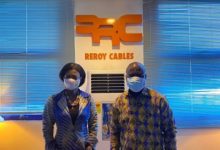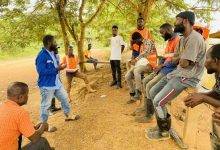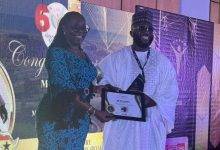The government is close to finalising a deal to bring in an investor to partner the Ghana Integrated Aluminium Development Corporation (GIADEC) for bauxite exploitation in the country.
Addressing Parliament in his first State of the Nation Address in his second term, President Nana Akufo-Addo announced that GIADEC has made good progress on the bauxite exploration programme that will drive the government’s industrial transformation agenda.
“We are in the final stage of an open and transparent investor engagement process, and we are in negotiations to select strategic investors to partner GIADEC for the bauxite mining and alumina refinery projects,” the President said. “The selected partner will be announced imminently,” he added.
GIADEC was established through an act of Parliament to promote and develop Ghana’s bauxite reserves and downstream industry.
Over 40 local and multinational companies have expressed interest and gone through selection processes to develop various aspects of the aluminium value chain.
The objective of GIADEC is to ensure that Ghana gets the best out of the aluminium industry, with at least a 30 per cent stake in any new mine, refinery or smelter.
GIADEC plans to operate four mining concessions with a combined production of about 20m tonnes of bauxite a year and three refineries with a combined capacity of four to six million tonnes of alumina or refined bauxite.
The corporation’s management has started engagement with key state agencies, power producers and other stakeholders on the development of a coordinated master plan to help build the needed infrastructure and secure a reliable power supply for the effective operation of the industry.
GIADEC has already set up and inaugurated 19-member committees for the various communities where bauxite mining or refineries are going to be established. These comprise Asiakwa (Atewa) in the Eastern Region, Awaso in the Western North Region, and Nyinahini and Mpasaaso in the Ashanti Region.
Members of the committees represent all interested parties in the areas. Each team is made up of chiefs, opinion leaders, local government leaders, district police commanders, forestry representatives, women’s group representatives, youth association representatives, and religious leaders.



